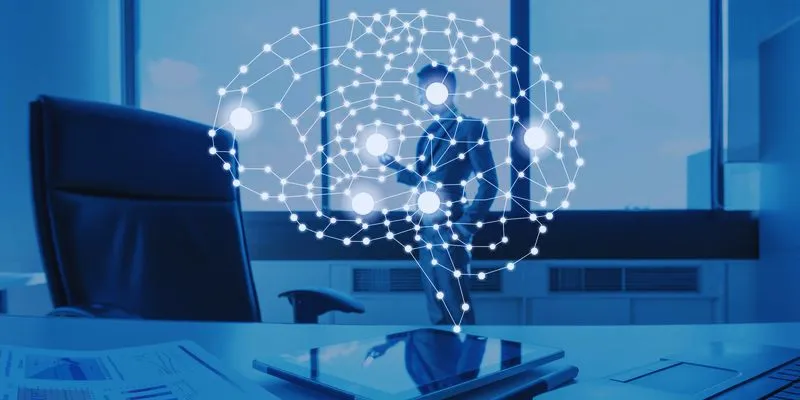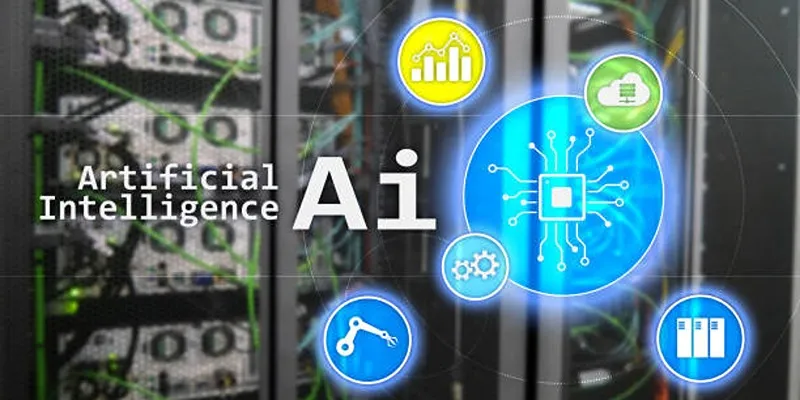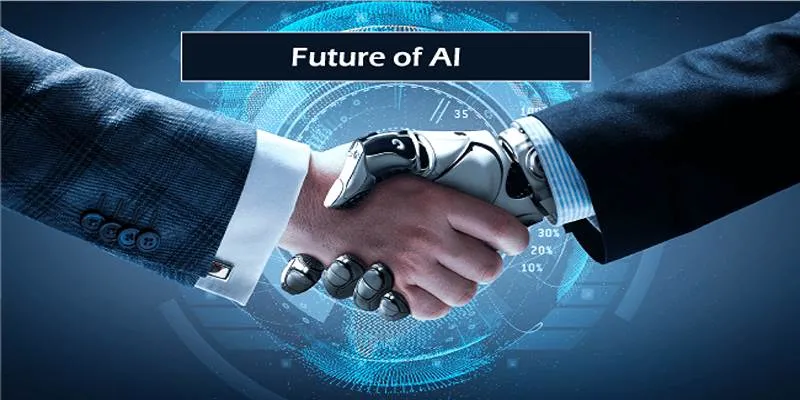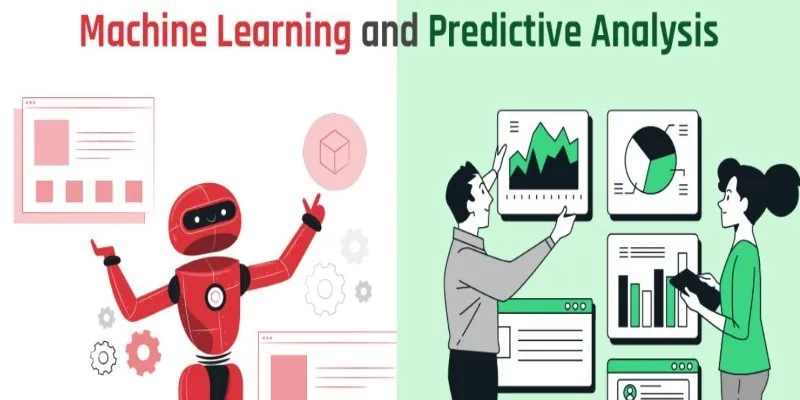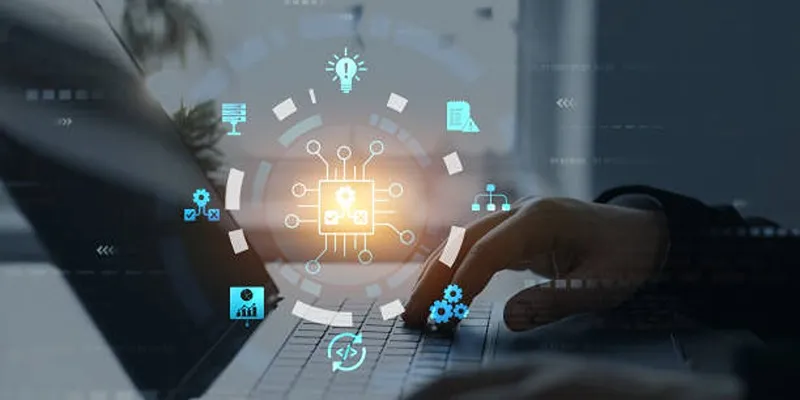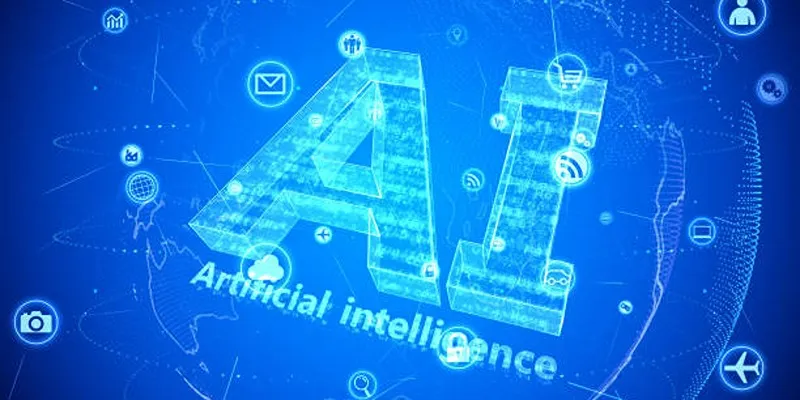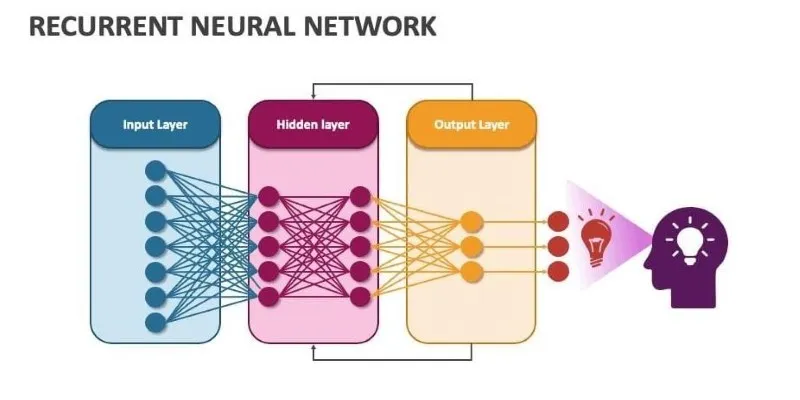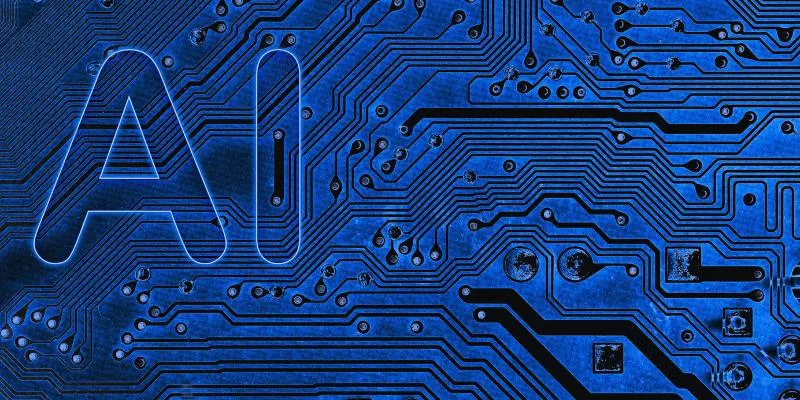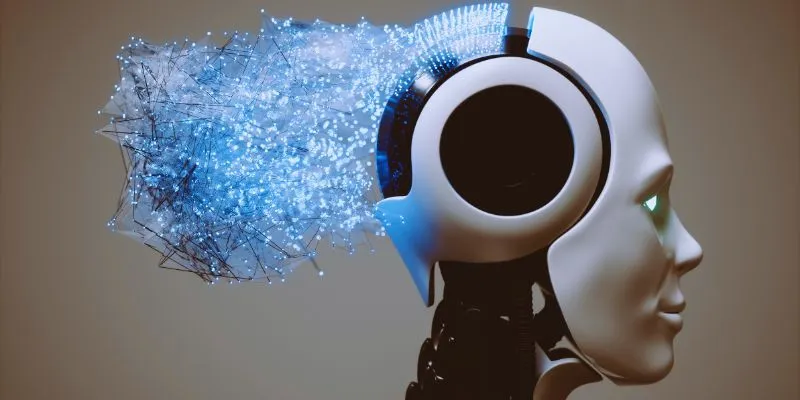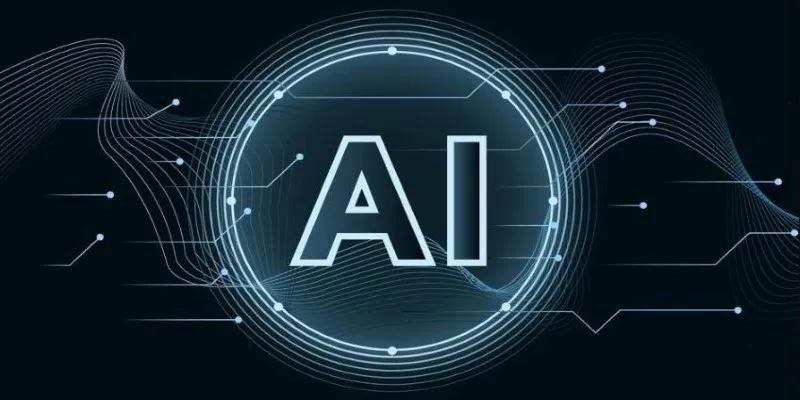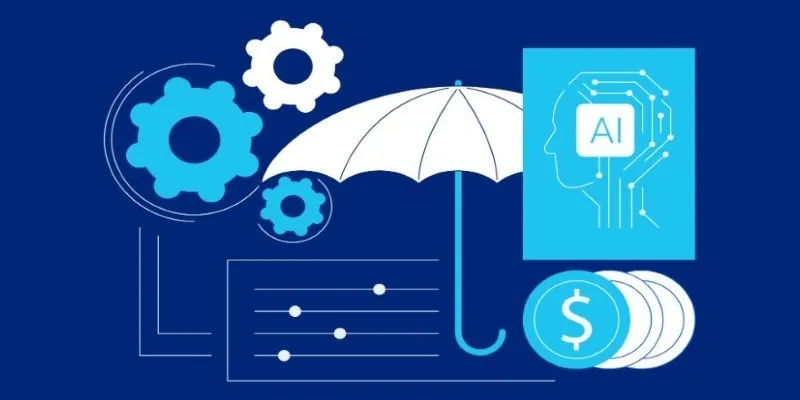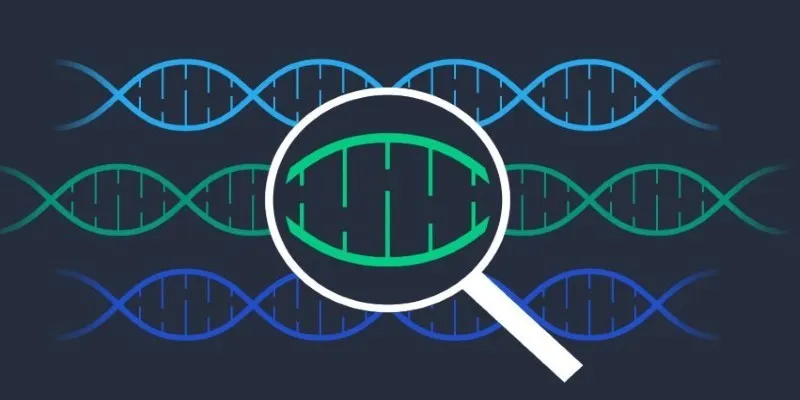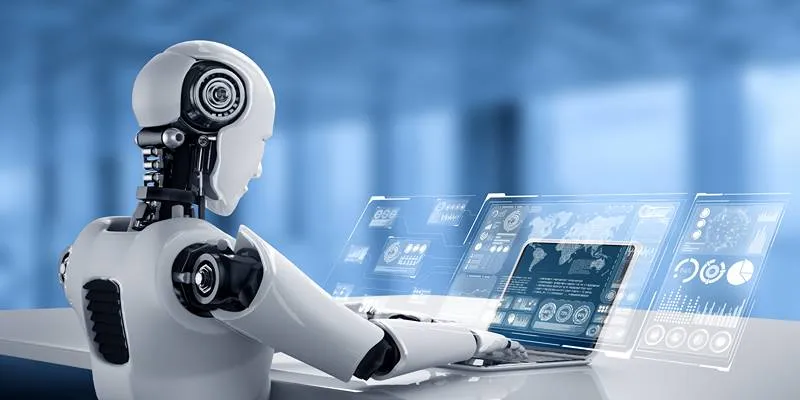Artificial Intelligence (AI) agents and Robotic Process Automation (RPA) are revolutionizing how companies operate, yet understanding their differences can be challenging. This article explores the core distinctions between AI agents and RPA, highlighting their unique strengths and discussing how organizations can utilize each technology to automate processes and maximize operational efficiency.
What Are AI Agents?
AI agents are programs designed to perceive their environment, make data- driven decisions, and act to achieve specific goals. They emulate human-like reasoning and problem-solving capabilities.
Key Characteristics
AI agents boast several defining characteristics that distinguish them from other technologies:
- Ability to process and analyze large volumes of data.
- Operate independently with minimal human intervention.
- Adapt and learn from new information over time.
- Goal-oriented with autonomous decision-making capabilities.
Application Areas and Examples
AI agents have a significant impact in various sectors, as demonstrated by these examples:
- Customer Support: Virtual assistants and chatbots like Siri and Alexa.
- Healthcare: Diagnosing illnesses, personalized medicine, and patient data management.
- Finance: Fraud detection and automated trading systems.
- Transportation: Autonomous vehicles and route optimization systems.
- Retail: Inventory management and personalized customer recommendations.
Role of Machine Learning and Artificial Intelligence
Machine learning (ML) and artificial intelligence (AI) are the pillars of AI agents, enabling them to continuously learn and enhance performance. ML allows AI agents to recognize patterns and make predictions based on historical data, ensuring their decisions remain current and accurate.
Deep learning, a subset of ML, elevates these capabilities by processing unstructured data such as images, text, and voice. These technologies drive innovation across industries, allowing AI agents to tackle complex tasks, solve problems efficiently, and adapt to changing scenarios, making them indispensable in today’s tech-driven world.
What is RPA (Robotic Process Automation)?
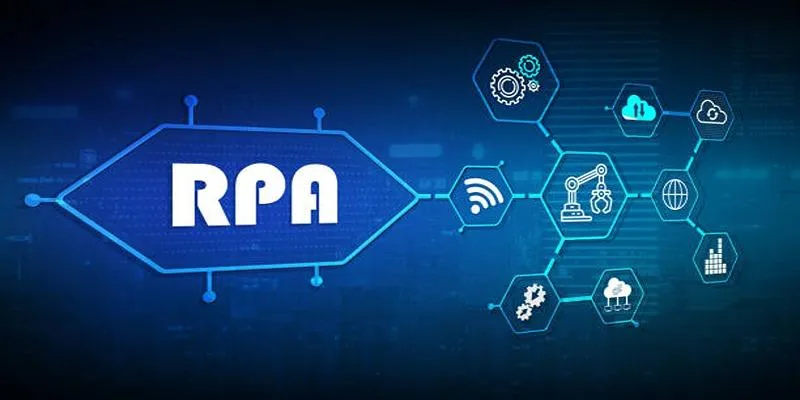
Robotic Process Automation (RPA) involves using software robots or “bots” to automate repetitive, rule-based tasks typically executed by humans. These tasks often involve structured inputs and predefined procedures, making them ideal for automation. RPA mimics human actions like data entry, application navigation, and document information extraction without altering underlying systems.
Key Features of RPA
- Rule-Based Execution: RPA excels in processes with clear rules and structured workflows, ensuring consistent and accurate outcomes.
- Non-Intrusive Integration: RPA integrates seamlessly with existing systems, minimizing IT infrastructure disruptions and reducing implementation costs.
- Scalability: Software robots can adjust to workload changes, scaling up or down as needed.
- 24/7 Operation: Unlike human workers, RPA bots can operate continuously, boosting efficiency and productivity.
Common Use Cases and Industries
RPA is widely used across various industries, including finance, healthcare, retail, and manufacturing. Typical use cases include:
- Finance & Accounting: Automating invoice processing, payroll management, and financial reconciliation.
- Healthcare: Streamlining patient record management, claims processing, and appointment scheduling.
- Retail: Enhancing inventory management, order processing, and customer service workflows.
- Manufacturing: Managing supply chains, order tracking, and regulatory compliance tasks.
Key Differences Between AI Agents and RPA
AI agents and RPA differ in their capabilities, primary functions, and task- handling approaches. Here’s a breakdown of their differences:
Intelligence and Adaptability
AI agents are designed to analyze data, detect patterns, and adapt to new information, emulating human problem-solving abilities. They excel in dynamic environments, making decisions based on context and learning from previous outcomes. In contrast, RPA strictly follows predefined rules and lacks the autonomy to adapt to changing scenarios or learn independently, limiting its adaptability.
Degree of Automation and Complexity of Tasks
AI agents are ideal for complex tasks involving unstructured data, natural language processing, and predictive analytics. Their ability to navigate sophisticated scenarios makes them highly versatile. On the other hand, RPA excels at repetitive, structured, and straightforward tasks like data entry and report generation but struggles with nuanced or intricate requirements.
Integration with Existing Systems
RPA tools are designed to work within existing digital ecosystems, requiring minimal infrastructure changes. They seamlessly integrate with legacy systems and workflows, making implementation easier. AI agents often require more extensive integration efforts, needing compatibility with advanced platforms and data pipelines to maximize benefits and scalability.
Learning Capabilities and Decision-Making
AI agents are inherently designed to learn and grow over time using machine learning algorithms, continuously improving performance, identifying insights, and making intelligent predictions. Their decision-making is informed by data analysis and probabilities. In contrast, RPA lacks learning capabilities, with actions limited to rules programmed by human developers, resulting in entirely predefined decision-making.
Similarities Between AI Agents and RPA

AI and RPA share certain functional commonalities. Here are the key areas where these technologies align:
1. Both Automate Tasks
AI and RPA are designed to automate tasks, significantly reducing the need for human effort in repetitive or time-consuming processes. Both tools excel in minimizing manual intervention, enabling businesses to focus on strategic initiatives. While AI handles complex tasks via intelligent computation, RPA manages structured, rule-based operations accurately, enhancing workflows.
2. Save Time and Improve Efficiency
Whether simple rule-based systems or advanced intelligent tools, both AI and RPA accelerate task completion and boost productivity across various operations. By automating repetitive tasks and reducing errors, these technologies streamline processes, giving organizations a competitive edge.
3. Work in Digital Environments
Both technologies operate within digital environments, interacting with software, files, and applications to efficiently execute tasks on computers. From data processing to application control, AI and RPA integrate seamlessly with digital tools, ensuring consistent performance in virtual settings.
4. Used in Business and Office Work
AI and RPA are widely employed in business operations, such as automating data entry, managing customer support tasks, and generating reports, making them valuable tools for streamlining office workflows. By reducing workload and enhancing productivity, they revolutionize traditional workplace practices.
5. Enhance Operational Accuracy
By minimizing human error, AI and RPA enhance operational accuracy. RPA follows specific programmed steps, ensuring uniform output, while AI learns from mistakes and refines processes, enabling consistent and reliable results. Together, they improve work quality.
Conclusion
By leveraging the combined strengths of AI and RPA, businesses can achieve efficiency, scalability, and innovation. These technologies not only streamline operations but also empower organizations to adapt to evolving challenges. Together, they lay the foundation for future-ready enterprises, ensuring sustainable growth and a competitive edge in the modern landscape.
 zfn9
zfn9
